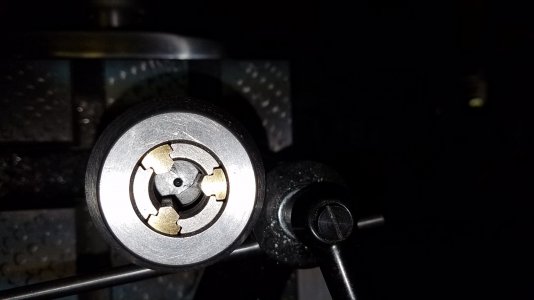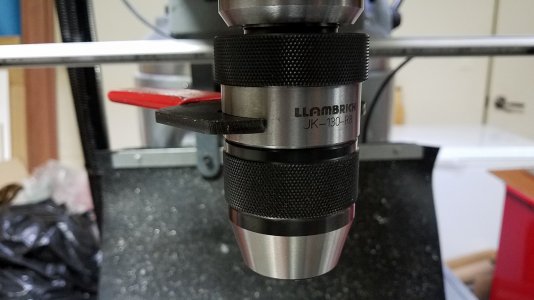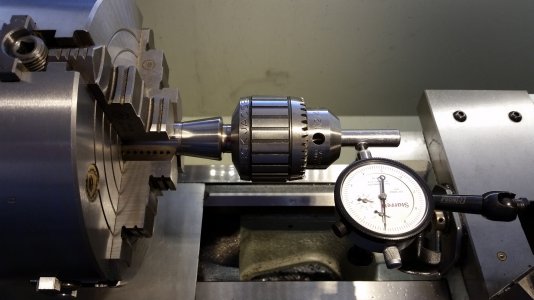A few comments that might be helpful, in general an integrated arbor chuck should have less run out and more rigidity, but it depends on the chuck/manufacturer. The better chucks usually will specify the limits of TIR for a particular product. On my mill I primarily use a LLambrich JK-130-R8 keyless chuck which specs. a maximum TIR of 0.0016" at something like 4" from the chuck, I have checked mine and it is a bit better than that. The other thing that I like about the LLambrich chuck is that the chuck wrench is easy to use and allows sufficiently for reversing, as well as limits pullout from the chuck. As far as stick-out it is pretty much the same as my Jacobs 14N keyed chuck, which has a TIR less than the Llambrich. Getting a higher quality R8 arbor for the chuck as well as clocking the arbor to the chuck, helps to find the minimum TIR position when mounted. I also use a ZLive MT3 integrated keyless chuck in my lathe tailstock, which is quite decent and have not had any issues with it. Shar's also has some integral shank keyless chucks that I have used, very smooth and accurate at a mid price point.
Shars Tool

www.shars.com
Shars Tool

www.shars.com
There are a few areas where a keyless chuck is more of a liability in most cases, one is where you need to run the chuck in the reverse direction and they loosen, the other issue is self/over tightening of the chuck. I learned my lesson not to use them on S&D drills, the integrated arbor fractured because of the self tightening. The S&D drills I use have flats on the shank which need line up with drill chuck jaws to prevent rotation, I have not used them directly in a R8 collet. Like others, I removed the R8 guide pin after it got mangled with an R8 arbor. I wouldn't want the R8 collet to rotate from when using oversized drills/high loads. I have had no issues with standard drills up to 1/2" and even some larger S&D up to 1", but these days anything over 1/2" I switch to annular hole cutters.
Fractured/broken arbor on a 1/2" integrated arbor keyless chuck after using it for a S&D drill

Llambrich JK-130-R8 integrated keyless chuck with wrench, I also have one of their Integrated CNC HEXA keyed type chucks with a better TIR spec. but rarely use it.

Arbor TIR is measured first and zeroed, then clock the chuck to the arbor until you have the least amount of TIR and make an alignment mark. The repeatable TIR for this arbor/Jacobs 14N chuck is around 0.0006", which is better than I would normally expect for this type of chuck. I have a generic 3/4" generic keyed chuck and the TIR is ~0.003".





